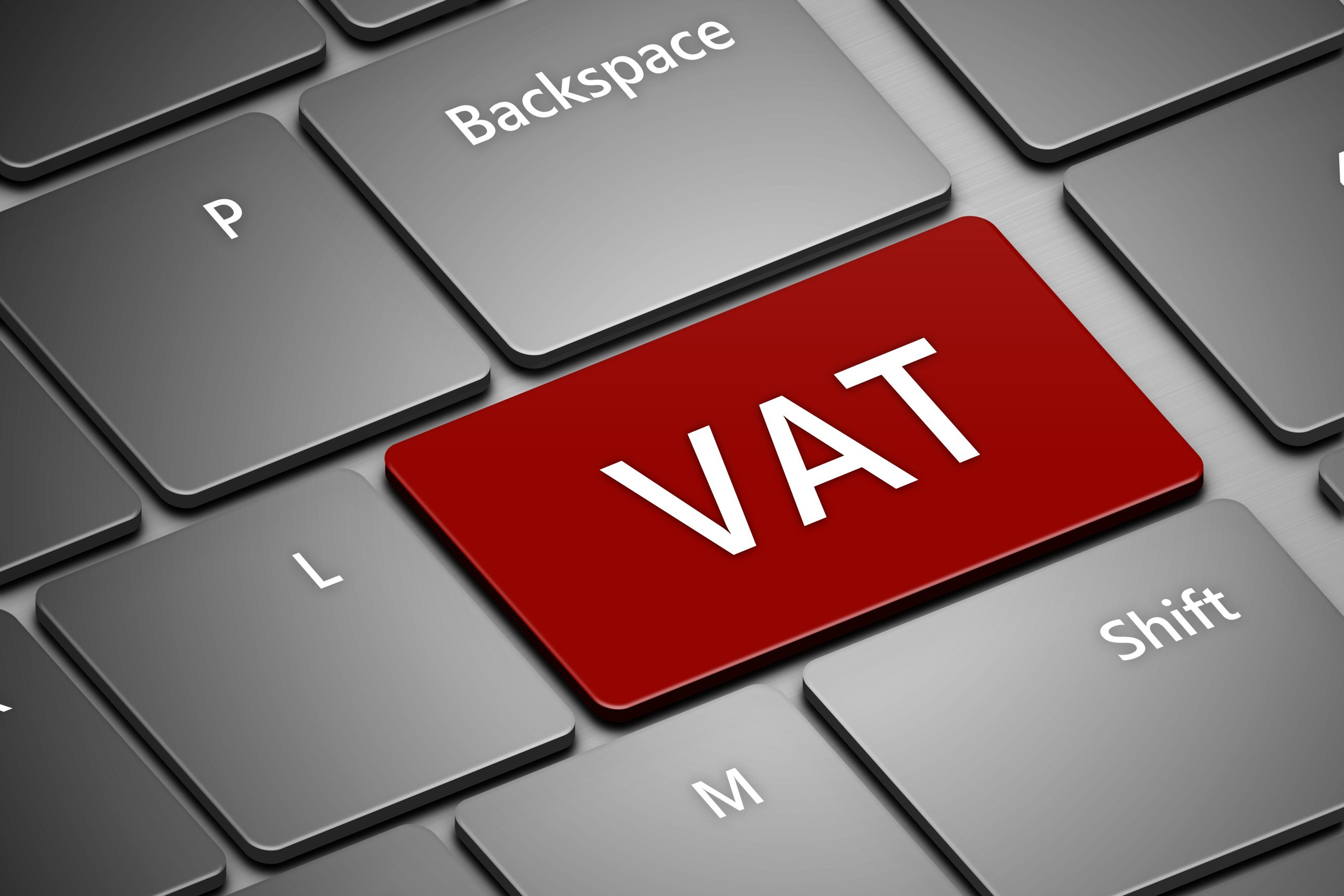Value Added tax (VAT) is a type of tax, is an integral component of every financial transaction for UK businesses. Understanding how to file a VAT return is essential for companies registered for VAT with HMRC. This complete guide will help businesses navigate the financial landscape by providing valuable insights into the process of filing VAT returns.

What is VAT, and why is it important to you?
VAT is a consumption-based tax that is imposed on products and services. If your business is registered for VAT this means that you need to account for VAT on the sale of the products or services you offer. It’s about collecting VAT from the customers, paying the amount to HMRC and giving your customers an invoice or receipt informing them of the VAT that they have included in their sales. You’ll also get an invoice with VAT when you purchase goods. This will show the amount of VAT that was added to your purchase. Making sure you keep precise record of these transactions is vital to claim VAT from HMRC.
Tax Returns: The Essentials
One of the most important obligations of companies that are registered for VAT is filing regular VAT returns to HMRC. The VAT report provides a summary of the business’s purchase and sales over the specified time. It is essentially a method for businesses to document the amount of VAT they have collected from their customers and paid on their purchases. The process is usually carried out on an annual basis.
How to prepare a VAT return: a step-by-step procedure
1. Understanding the VAT Period is crucial prior to beginning the process of filing. Businesses in the UK generally file VAT tax returns each three months. Be sure to be aware of the date of commencement and expiration of your tax year.
2. Create a list of information about sales and Purchases: Gather pertinent information regarding your sales and purchases during the time of VAT. This includes sales invoices sent to customers as well as purchase invoices that you receive from suppliers, and any other relevant financial records.
3. Calculate the Output Tax. Output tax is the same as the VAT you charge your customers for the sale. Add up all the VAT you charged on your sales to calculate the total output tax.
4. Calculate Input Tax. Input tax is equivalent to the VAT you paid on all your purchases. Calculate the total tax by adding the VAT on all your purchases in the VAT period.
5. Fill in the VAT Return Form. Utilizing all the data that you gathered in the previous step Complete the tax return form from HMRC. The form generally has sections on your total sales, total purchases output tax, as well as input tax.
6. Submit the VAT Return to HMRC: Once the form has been completed correctly, send it to HMRC by the time it is due. HMRC provides Making Tax Digital, a service that allows submissions online.
Common mistakes to avoid
Late Filing: Ensure you complete your VAT return within the deadline to avoid penalties. Your business may suffer financial losses in the event of filing late.
Incorrect Information: Double-check the data in your VAT return to ensure accuracy. Calculation errors or incorrect figures can lead to a variety of discrepancies or even problems with HMRC.
Companies are entitled to reclaim the VAT they paid on certain purchases. Make sure you are aware of the tax you’re entitled to claim, since this could be a major factor in the amount of VAT you owe.
The article’s conclusion is:
Navigating the landscape of VAT returns is an essential aspect of managing finances for businesses in the UK. Understanding the process for VAT returns as well as its complexities, and using a comprehensive guide to VAT returns is essential to maintaining financial compliance.
Companies must approach VAT returns with diligence and precision. Knowing the process as well as avoiding errors and making use of the resources available will help businesses streamline their VAT requirements. This can help to ensure financial stability and compliance with the regulations. No matter if you’re a veteran business owner or a newcomer to VAT being informed and proactive with regards to VAT returns is key for creating a positive economic climate for your business.
